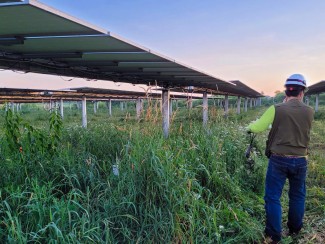In meeting federal requirements to cut power plant emissions linked to global warming, Wisconsin's task was made much tougher by the closing last year of the Kewaunee nuclear power plant.
When the Kewaunee plant was shuttered in May 2013, Wisconsin lost roughly 5% of its power supply. But more importantly, the state lost an even bigger share of the power generation sources that produce no greenhouse gas emissions.
In crafting the Obama administration's proposal to slash greenhouse gas emissions from power plants, the U.S. Environmental Protection Agency made a priority of keeping nuclear power plants running among its clean energy goals.
When it set state-by-state targets to reduce emissions, the EPA started from 2012, a year that saw rock-bottom natural gas prices, less burning of coal and reduced greenhouse gas emissions across the country.
In 2013, however, greenhouse gas emissions from Wisconsin power plants rose to more than 50 million tons, their highest level in eight years, according to EPA statistics.
The shutdown of the nuclear plant in Kewaunee, southeast of Green Bay, prompted utilities to turn to fossil fuels. And as natural gas prices climbed last year, utilities burned more coal, utility and energy observers say.





